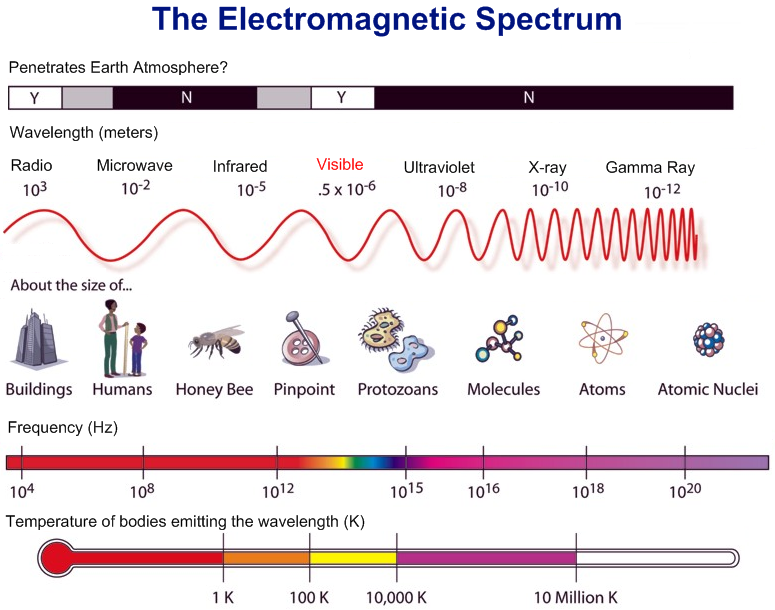What Do Radio Waves And Microwaves Have In Common Spectrum Defition Diagram & Uses Britannica
This means they travel through space at the speed of. Microwaves have a higher frequency, and therefore a smaller wavelength. They are both used for communication, but radio waves are for longer distances compared to microwaves.
amudu The Spectrum
The primary difference between radio waves and microwaves lies in their frequency ranges. Radio waves and microwaves have several common characteristics, since they are both part of the electromagnetic spectrum. Radio waves were first predicted by the theory of electromagnetism that was proposed in 1867 by scottish mathematical physicist james clerk maxwell.
They are produced when an alternating current flows in an aerial and they spread out.
Microwaves and radio waves are both forms of electromagnetic radiation, but they differ in terms of their frequency and applications. Specifically, the correct answer to the question of. Your radio captures radio waves emitted by radio stations, bringing your favorite tunes. Both radio waves and microwaves are electromagnetic waves.
Key differences between radio wave and microwave. Because of this, microwaves can travel. Radio waves are electromagnetic radiation with. Radio waves generally operate at.

Here are some important aspects they have in common:
Microwaves have a higher frequency than radio waves,. Microwaves and radio waves are both used for communication purposes. Radio waves and microwaves both have lower radiant energy than visible light, and they are located to the right of visible light in the electromagnetic spectrum. How do radio waves and microwaves differ in terms of frequency?
Read on to learn more. Radio waves are defined as the electromagnetic waves that occupy the longest wavelengths, typically ranging from about 1 millimeter to 100 kilometers. Radio waves and microwaves, both electromagnetic radiation, share fundamental characteristics such as oscillating electric and magnetic fields, traveling at the constant speed. [5] his mathematical theory, now called.

Radio waves are also emitted by stars and gases in space.
Radio wave wavelength is greater than 1 cm while the wavelength of a microwave is in the range of 1 cm to 1mm. Radio waves have a longer wavelength than microwaves.
